Venomous snakes are a group of highly venomous snakes that are mainly distributed in tropical and subtropical regions around the world. The venom of these snakes contains various components, such as neurotoxins, hemolysins, myoplegins, etc., which can cause serious injury or even death to humans and other animals. The most famous venomous snakes in the world include cobras, rattlesnakes, vipers, sea snakes, etc. Snake venom can cause poisoning symptoms, such as dizziness, nausea, vomiting, difficulty breathing, rapid heartbeat, etc. If left untreated, the poisoned person may die. Although highly venomous snakes are very dangerous, they also play an important role in the ecosystem. They control the populations of other small animals and protect the balance of the ecosystem. This article will take stock of the top ten most venomous snakes in the world and see which snakes are on the list of the most venomous snakes in the world. The list is for reference and entertainment only, welcome to discuss at the end.
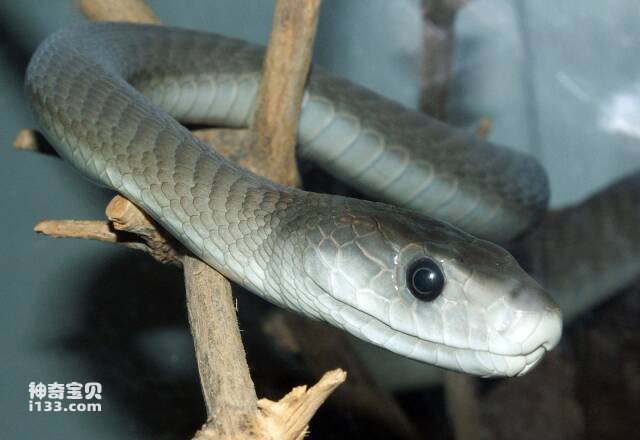
1. Black mamba snake
The Black Mamba is one of the most dangerous and venomous snakes and one of the longest snakes in the world. The black mamba snake is mainly found in sub-Saharan Africa, and its name comes from its dark black appearance. It is the fastest moving snake in the world. If it glides on a suitable surface, it can reach a speed of 11 kilometers per hour in short distances. The average length of the black mamba snake can reach 2.5 to 3 meters, and the longest can reach 4.5 to 5.5 meters. Their bodies are long and slender, and their heads are flat and triangular. The venom of the black mamba snake is highly toxic and contains components such as neurotoxins and cardiotoxins, which can cause symptoms such as muscle weakness, difficulty breathing, and accelerated heartbeat, and can be fatal within a few hours.
Black mambas feed on other animals, mainly rodents, birds and other reptiles. In nature, black mamba snakes are often preyed upon by natural enemies such as hawks and cats. However, due to their fast speed and strong attack power, black mamba snakes are still one of the most dangerous animals.
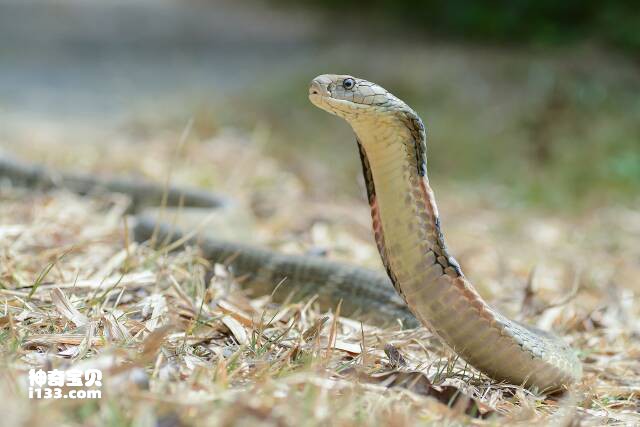
2. King Cobra
The King Cobra is one of the longest venomous snakes in the world and one of the most threatening. They are mainly distributed in South Asia, such as India, Myanmar and Thailand. King cobras usually exceed 4 meters in length and can reach 6 to 7 meters in length. They have large heads with obvious "ear-like protrusions" on their necks, and their bodies and heads are covered with brown or olive scales with black spots. King cobra venom is highly toxic and can cause breathing difficulties, rapid heartbeat, sweating, vomiting and other symptoms, and can be fatal within a few hours.
King cobras feed on other snakes and mammals and are also very dangerous to humans. However, king cobras also play an important role in the ecosystem of their habitat. By preying on rodents, they control the populations of these animals and protect the balance of the ecosystem.
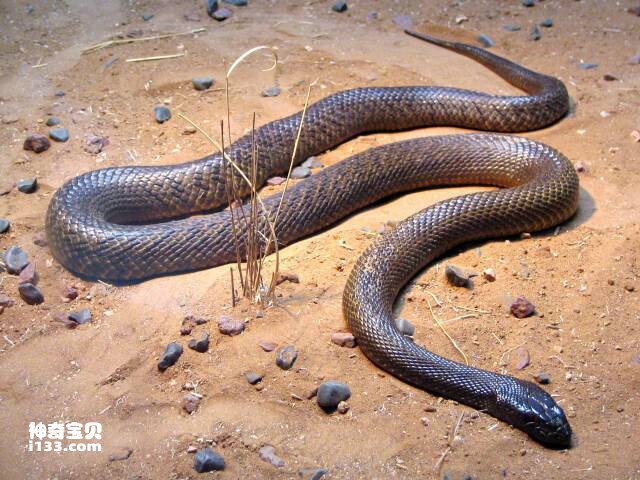
3. Thin-scale Taipan snake
Green Vine Snake is a snake that lives in South and Southeast Asia. They are also known as green vine snakes because they often choose to live on leafy plants and tree vines and can avoid detection through camouflage of their slender body and color. The slender-scaled taipan is a relatively small snake, usually 50 to 150 centimeters long. Their body color is light green or yellow-green, and some individuals have grayish-brown or brown on their backs. The slender-scaled taipan snake is extremely agile and can climb and glide at great speeds to prey on small animals such as insects, lizards and frogs.
Although slender taipan snakes are not venomous, they still need to be handled with caution as they may bite with a stronger bite than other snakes, causing pain and slight swelling. At the same time, because slender-scaled Taipan snakes are sensitive to environmental changes, they are vulnerable to threats from habitat destruction and human activities.
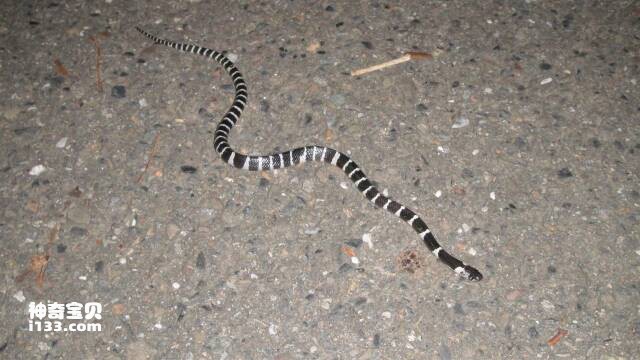
4. Bungarus snake
The Banded Krait is a venomous snake that lives in Asia and is one of the most dangerous snakes in the world. They are mainly distributed in Southeast Asia, including countries such as Thailand, Vietnam and Malaysia. Bungaras are usually about 1 to 1.5 meters long, with black or dark brown bodies and white or yellow rings. The color of these rings can vary between individuals, but are usually distinct, making the bungara easily identifiable. The venom of bungara snakes is quite strong and contains ingredients such as neurotoxins and myoplegins, which can cause muscle stiffness, difficulty breathing, paralysis and death.
Bungaras are nocturnal and feed on other reptiles and small mammals. Although bungara snakes are very dangerous, they play an important role in natural ecosystems by controlling the populations of other small animals and protecting the balance of the ecosystem. It is worth noting that bungara snakes are common in human-inhabited areas and often attack because they mistakenly believe they are in danger. Therefore, be very careful when approaching a Bungara snake to avoid provoking an attack.
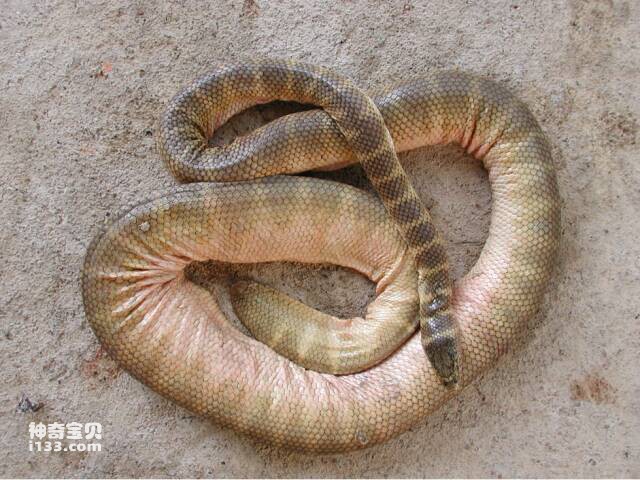
5. Belcher’s Sea Snake
Belcher's Sea Snake is a venomous snake that lives in the Indian and Pacific Oceans and is one of the most venomous snakes in the world. They are named after the British physician Edward Turner Bennett and the American explorer Sir Edward Belcher. The Belcher's sea snake is usually 1 to 1.5 meters long, with a light yellow or light gray body and black spots on its back. Belcher's sea snake venom is very potent and contains neurotoxins and myoplegins, which can cause breathing difficulties, paralysis and death. Although the Belcher's sea snake's venom is extremely venomous, humans are rarely bitten due to its docile nature.
Belcher's sea snakes live in the ocean and feed on fish. They are the only completely aquatic venomous snakes that can swim underwater and breathe through their skin. Belcher's sea snakes do not usually attack humans, but they may bite if disturbed or accidentally touched.
Although Belcher's sea snakes are rarely bitten by humans, their habitat is deteriorating as the water quality of their habitat is affected by human activities such as pollution and overfishing. Therefore, protecting Belcher's sea snake and its habitat is important to maintain ecological balance and protect biodiversity.
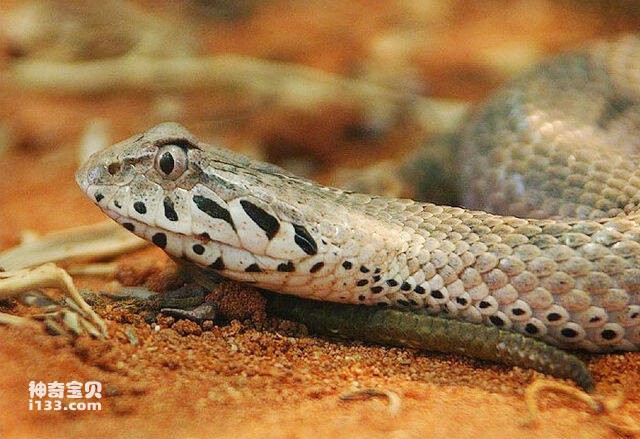
6. Ekitri sea snake
The Acanthophis rugosus, also known as the rough-scaled sea snake, is a venomous snake that lives in northern Australia. They are one of the most venomous snakes in the world and one of Australia's most dangerous animals.
The Ekitri sea snake is usually 50 to 100 centimeters long, has a light brown or brown body and is covered with rough scales. Their venom is highly toxic and contains ingredients such as neurotoxins and hemolysins, which can cause breathing difficulties, muscle paralysis and death. Ekitlin sea snakes feed on small mammals, reptiles and birds.
The Echitri sea snake can be very aggressive, especially if disturbed or feels threatened. Their venom is very dangerous to humans and other animals, so extreme caution is required when approaching this sea snake.
Ekitlin sea snakes are common in the northern coastal areas of Australia, but due to threats to their habitats, including habitat destruction and overfishing, not many survive in the wild. Therefore, the protection of Ekitlin sea snakes and their habitat has become very important.
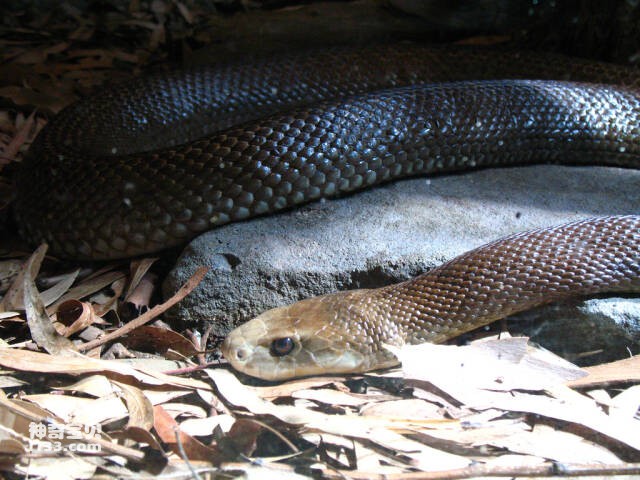
7. Papua Pacific Snake
The Papuan Tree Snake is a species of snake that lives in Papua New Guinea and adjacent areas. They are also known as green tree snakes because they often choose to live in trees.
Papua taipan snakes are usually 60 to 80 centimeters long, with a slender, soft body covered with smooth scales. Their body color is green or yellow-green, sometimes with black spots. Papua taipan snakes feed on small animals, mainly lizards, frogs and insects.
Although Papua taipan snakes are not venomous snakes, they still have a powerful bite and can easily bite off their prey or defend themselves. In addition, the Papuan taipan is very agile and can climb and glide quickly, making it an excellent climber.
The Papua taipan snake is widely considered a sacred animal in local culture and plays an important role in folklore and mythology. However, the number of Papua taipan snakes is gradually declining due to human destruction of their habitats and hunting and other activities, so it is very important to protect this snake and its habitat.
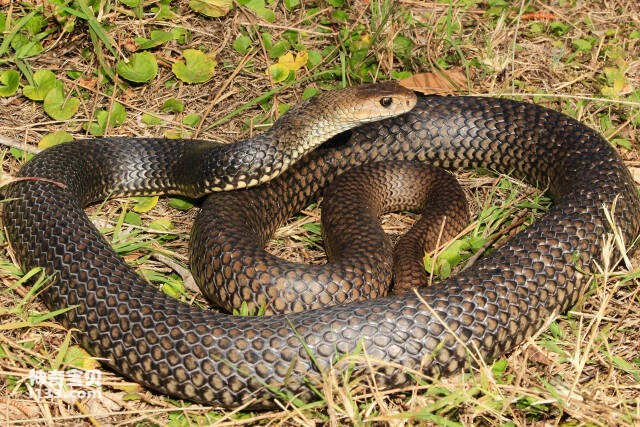
8. Brown Eo snake
Brown snakes are venomous snakes that live in Australia. They are one of the most dangerous snakes in Australia. The scientific name of the Brown Eo snake is Pseudonaja textilis.
The Brown Eo snake is usually 1.2-1.5 meters long, and its body color is light yellow or gray, usually with brown or black patches or stripes. The venom of the brown snake is so potent that it can cause blood clotting, muscle paralysis and death. Brown Eo snakes feed on small mammals, amphibians and other reptiles.
The Brown Eo snake is very good at concealment and often chooses to hide itself in grass or rock crevices. Because of its impatient and aggressive personality, it often attacks humans or other animals when disturbed.
The brown eosnake is widely distributed in Australia, especially in the southern and eastern regions. Although this snake is very dangerous, it plays an important role in the ecosystem, controlling the population of other small animals and protecting the ecology.System balance.
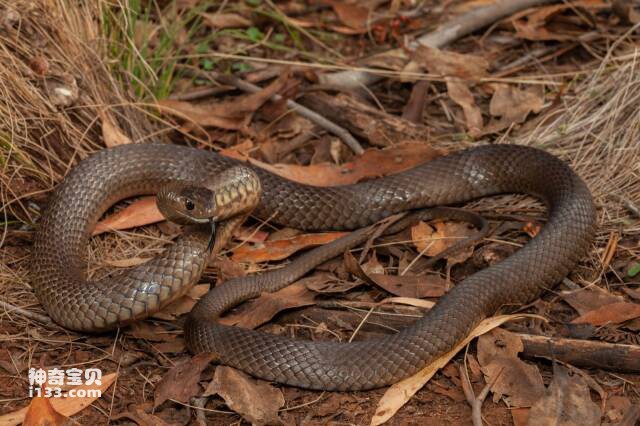
9. Eastern Cobra
The Eastern Brown Snake is a venomous snake that lives in Australia and is one of the most venomous snakes in the world. They are widely distributed across Australia, including urban and rural areas.
The Eastern Cobra is usually 1.5 to 2 meters long, and its body color is light brown to dark brown with irregular lines. Their venom is so potent that it can cause breathing difficulties, muscle paralysis and death. Eastern cobras feed on small mammals, reptiles and birds.
The Eastern Cobra is a very dangerous snake that is notorious for its aggressive nature. Although they usually avoid contact with humans, they will often take an aggressive stance if disturbed or feel threatened. Therefore, extreme caution is required when approaching the Eastern Cobra.
Although eastern cobras pose a threat to humans, they also play an important role within Australia, controlling the populations of other small animals and protecting the balance of the ecosystem.

10. Split-chinned sea snake
The Beaked Sea Snake is a sea snake that lives in the Indian and Pacific Oceans, mainly in northern Australia, Indonesia, the Philippines, and New Guinea. They get their name from the peculiar structure on their mandibles that allows them to easily capture prey in the water.
The cleft-chinned sea snake is usually 1 to 1.2 meters long and has a light yellow or light gray body with black spots or stripes. Their venom is very potent and contains components such as myoplegins and neurotoxins, which can cause breathing difficulties, muscle paralysis and death. The Rift-chinned sea snake feeds on small fish, swallowing its prey by opening its mouth and using its peculiar jaw structure.
Despite their venomous nature, sea snakes are generally friendly to humans. They may adopt a defensive stance when disturbed, but will not actively attack humans. Due to factors such as pollution and overfishing of its habitat, the number of rift-chinned sea snakes is gradually declining. It is very important to protect this snake and its habitat.
The top ten most venomous snakes in the world are quite controversial. This list is based on a comprehensive ranking based on the LD50 value of venomous snakes (a common indicator to describe the toxicity of poisonous substances or radiation), the amount of poison excreted by the snake, the size of the snake, and the aggressiveness of the snake. , and comprehensively refer to relevant Internet rankings/lists for recommendations. The list is for reference and entertainment only. Welcome to discuss at the end.
animal tags:
We created this article in conjunction with AI technology, then made sure it was fact-checked and edited by a Animals Top editor.